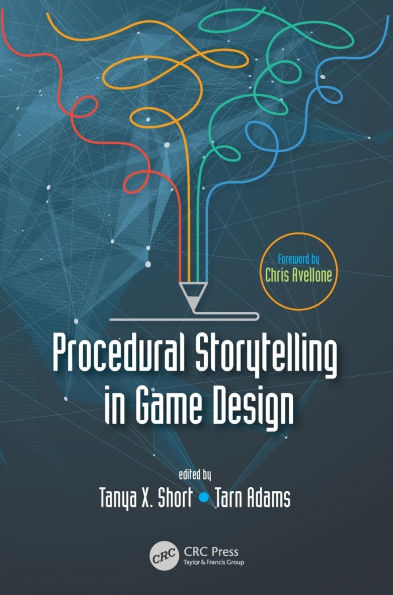This edited collection of chapters concerns the evolving discipline of procedural storytelling in video games. Games are an interactive medium, and this interplay between author, player and machine provides new and exciting ways to create and tell stories. In each essay, practitioners of this artform demonstrate how traditional storytelling tools such as characterization, world-building, theme, momentum and atmosphere can be adapted to full effect, using specific examples from their games. The reader will learn to construct narrative systems, write procedural dialog, and generate compelling characters with unique personalities and backstories. Introduces the differences between static/traditional game design and procedural game design Demonstrates how to solve or avoid common problems with procedural game design in a variety of concrete ways World’s finest guide for how to begin thinking about procedural design
1137765296
Key Features
Procedural Storytelling in Game Design
This edited collection of chapters concerns the evolving discipline of procedural storytelling in video games. Games are an interactive medium, and this interplay between author, player and machine provides new and exciting ways to create and tell stories. In each essay, practitioners of this artform demonstrate how traditional storytelling tools such as characterization, world-building, theme, momentum and atmosphere can be adapted to full effect, using specific examples from their games. The reader will learn to construct narrative systems, write procedural dialog, and generate compelling characters with unique personalities and backstories. Introduces the differences between static/traditional game design and procedural game design Demonstrates how to solve or avoid common problems with procedural game design in a variety of concrete ways World’s finest guide for how to begin thinking about procedural design
Key Features
64.99
In Stock
5
1

Procedural Storytelling in Game Design
408
Procedural Storytelling in Game Design
408Paperback(2nd ed.)
$64.99
64.99
In Stock

Product Details
| ISBN-13: | 9781138595309 |
|---|---|
| Publisher: | Taylor & Francis |
| Publication date: | 03/13/2019 |
| Edition description: | 2nd ed. |
| Pages: | 408 |
| Product dimensions: | 6.12(w) x 9.19(h) x (d) |
About the Author
From the B&N Reads Blog
